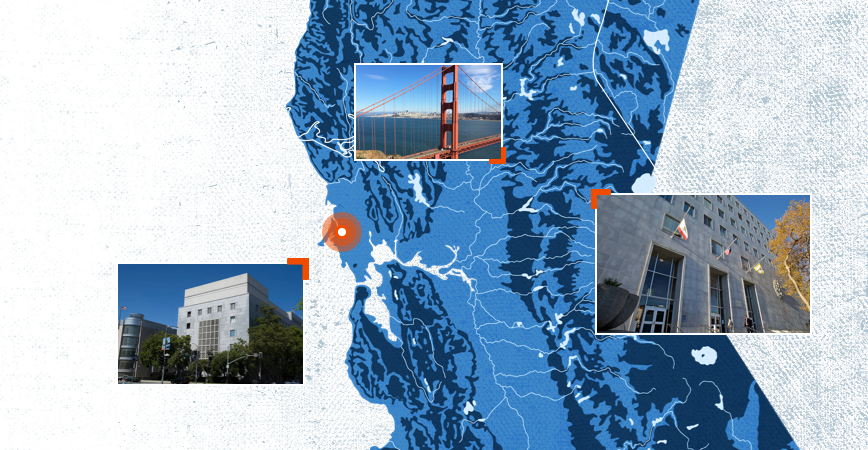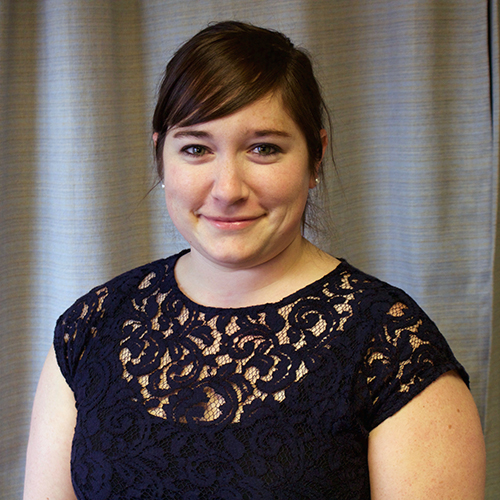Background
San Francisco partners joined the Safety and Justice Challenge with a specific goal in mind: safely reduce the jail population by 16% to allow County Jail #4, long known to be seismically unsafe, to close. Prior to joining the network, San Francisco had implemented years of reforms resulting in a relatively low jail population for a jurisdiction its size. Further reducing the jail population required thoughtful partnership among criminal justice stakeholders and community leaders to address serious challenges.
In San Francisco, over 75% of people in jail have serious mental illness and/or a history of substance use, and many people cycle in and out of custody. Others end up waiting in jail pretrial for long periods of time due to delays in case processing or while awaiting referral to treatment. In 2017, individuals regularly spent up to 120 additional days in jail waiting for a treatment bed at a residential behavioral health facility in the community — five times longer than individuals who are not incarcerated. A snapshot of the jail population from 2018 showed an average length of stay of 317 days, with most individuals held pretrial.
San Francisco’s jail population was also characterized by racial disparities, with the per capita incarceration rate of Black people 17 times that of white people. Young men of color also had significantly longer stays in jail compared to white people.

